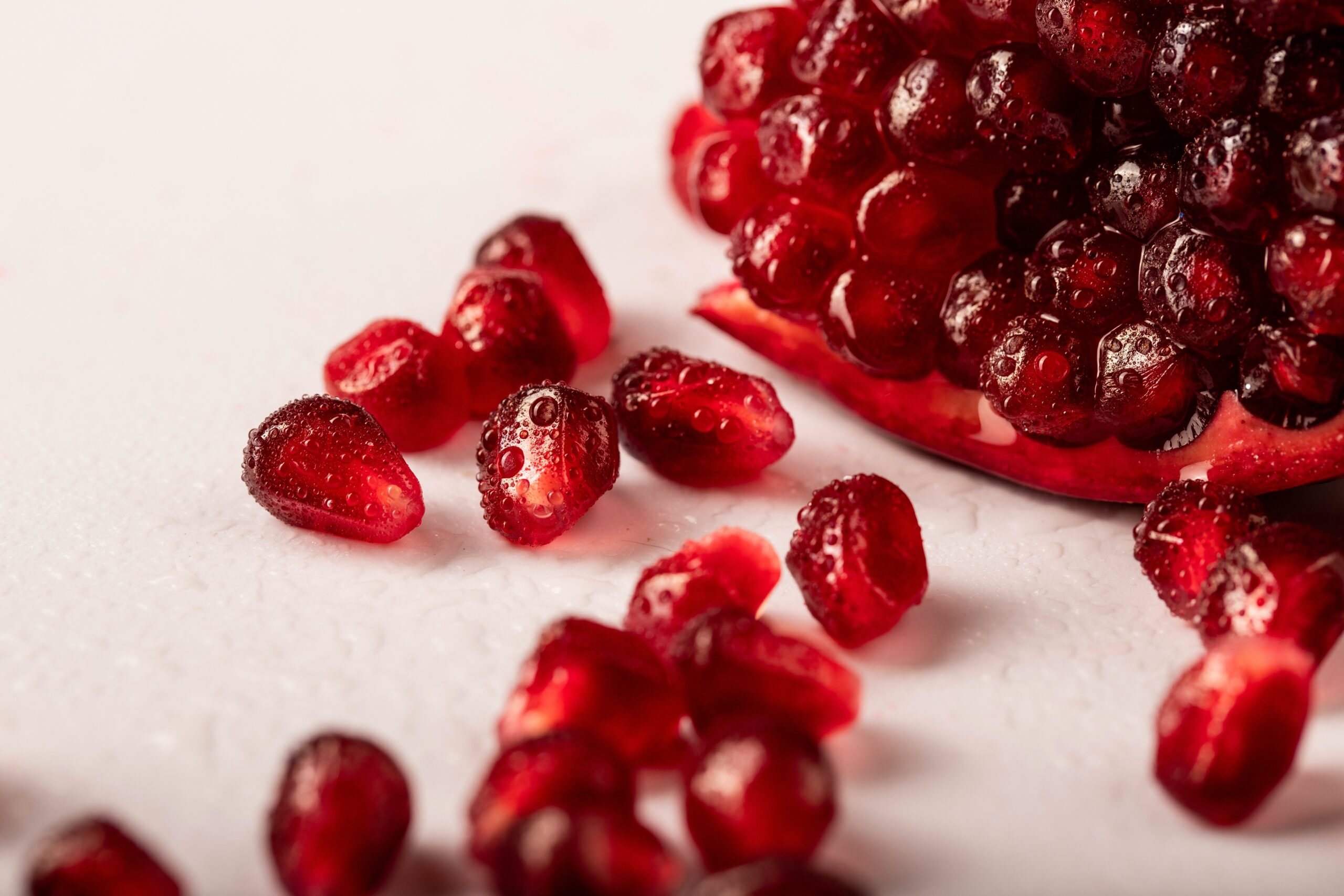How to grow pomegranate from seed has recently been a popular topic of discussion on the internet. It used to be a seasonal item in the grocery store’s fresh fruit section, but the apple-sized fruit is now available year-round. Any gardener who sees the profusion of seeds that lay behind that ruby skin is likely to contemplate starting their pomegranate tree from seed. Let’s discuss in detail how to grow pomegranate from seed.
History of Pomegranate Tree Plantation
In modern-day Iran, the pomegranate is an ancient fruit that originated in Persia. People began growing pomegranate trees as soon as they were found by travelers in Asia, Africa, and Europe around the Mediterranean Sea. Ancient Egyptian, Roman, and Greek mythology, as well as the Bible and Talmud, have all extolled the exquisite fruit. It has also been depicted in some of the most important works of art. In the historic Silk Road trade route, you can practically hear the merchants asking questions about how to produce pomegranate trees and how to promote the fruit’s unique qualities.
The pomegranate became the fruit of choice for the aristocracy during the next decades. The fruit’s distinctiveness, which has led to a long and storied past full of legend and romance, is undoubtedly to blame for its illustrious past. There are only two species of pomegranate, Punica granatum and Socotra granatum, in the family of plants, Punica granatum belongs.
When discussing how to grow pomegranate from seeds, it’s important to remember that this fruit is truly a berry, not an apple, as the Romans did. There are locules within the hard rind. A thin, bitter-tasting membrane separates the locules. These pearls of deliciousness, each containing both juice and seed, are found in the locules.
How to grow pomegranate from seed
Pomegranate seeds don’t need much assistance sprouting, so there isn’t much to say about planting one. There should be a thin layer of loose dirt and a coating of approximately half an inch around the seeds so that they may germinate (1.5 cm). Second, your pomegranate seed care list should be heated. These seeds will germinate at a normal room temperature after 30-40 days. Cut this time in half if you raise the soil temperature by a few degrees. Place your plant in direct sunlight until the seeds sprout by covering it with aluminum foil.
Another way of planting pomegranate seeds should be included in the discussion of the process. The baggie technique is the name given to it. Pomegranate seeds may be grown this way by certain gardeners. Wring out the excess water from a coffee filter. One-fourth of the filter should be covered with the cleaned seed. A sealable bag may be used to store a quarter-folded filter. Check for germination in the bag daily and store it in a warm spot.
Read Aout: How to save pumpkin seeds for planting
A container is the best place to keep the pomegranate seeds once they sprout—plant two to three seeds per pot in any small container with sufficient drainage. When the seedlings are a few weeks old, you may remove the weaker ones or transfer them to a new container. It’s done!
Taking Care of Young Pomegranate Trees
Pomegranate care is the key, but how can you develop a healthy and powerful pomegranate tree? There are several factors to consider when planting pomegranate trees, and one of them is the kind of soil they should be planted in. The pH of the soil or planting medium should be between 7.5 and 8.5. Due to the neutral pH range of most planting media, a modest dose of limestone or garden lime should be adequate.
To avoid disappointment, you should be informed that your seeds may not grow exactly like the pomegranate cultivar from which they originated. Your new pomegranate tree will yield fruit in one to three years, and nothing tastes better than something you’ve cultivated yourself. Nonetheless, this is all about how to grow pomegranate from seed.

[…] How to grow pomegranate from seed […]